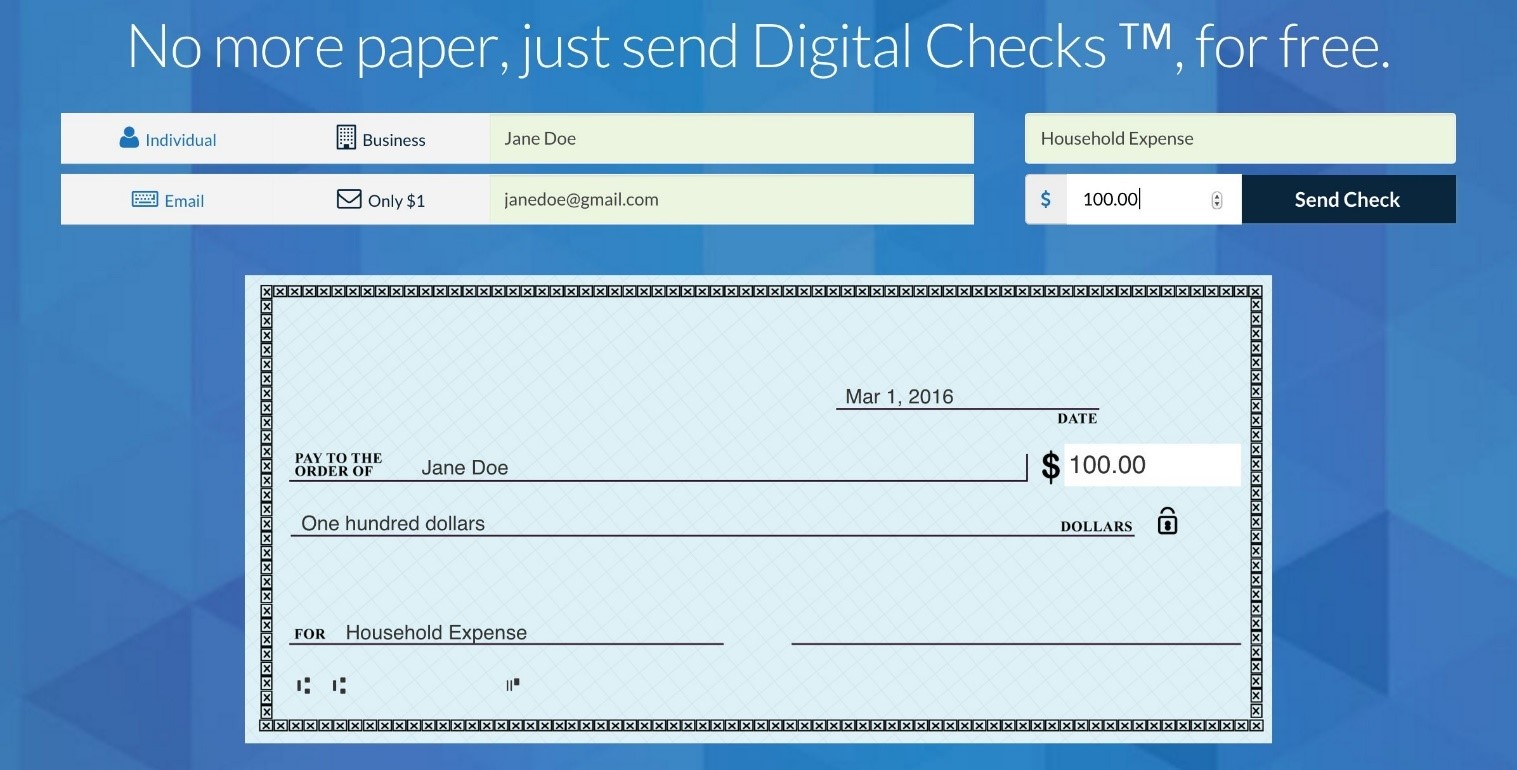How Financial Services Can Thrive with Digital Transformation In Banking?
What will make a retail bank successful in the age of digital disruption? The short answer– digital transformation in banking and a deep understanding of customers’ constantly evolving needs. The human touch will continue to be a key part of banking interactions.
Banks play an important role in the economy as they operate the payment system, are the major source of credit for large swathes of the economy, and (usually) act as a haven for depositors’ funds. They also encompass the provision of banking and financial products to consumers and small businesses. In doing so, banks are highly dependent on interest rates, fees, and proprietary products.
So the questions are, how is digital transformation in banking works to create consumer trust when accessing these digital products? With mounting pressure to safeguard electronic customer data, manage evolving customer expectations, and keep pace with the competition, it’s time for you to figure out how to navigate digital transformation in banking. Let’s look at how you can get started and get a deep understanding of digital transformation in banking.
What’s New in Banking Technology?
The current financial industry landscape couldn’t be any more different. Google “digital transformation in banking, and you get more than 230 million results. Hits range from mobile technology that reportedly can save the banking industry $1.5 billion annually to technology that is emerging as a way to let companies transact without a central authority.
Now, you can check your balance, sell investments, pay bills, and even apply for a loan all with a few clicks of your mouse or taps on your phone-without talking to another human being. Some technology innovations will have the capacity to radically reinvent banking; others will impact how banks currently do business, and a few will accomplish both. If bankers want to find those few, they will need to start with the customer motivation.
Navigating the transition successfully requires enlightened leadership who can evaluate whether legacy vendors are slowing the company down and then take action to provide the right tools to the entire organization, not just the business units that shout the loudest. Not only will this reduce costs, but your staff and customers will also feel the increase in productivity and competitive edge in this new, scalable environment.
The Needs of Digital Transformation in Banking

- Smartphones: Smartphones have changed the way we bank. Almost 90 percent of U.S. consumers have a cellphone. Of those that do, 77 percent are smartphones. Traditional banks have made the move from brick and mortar to digital and mobile, changing our expectations of how and where we can do our banking.
- The rise of millennials: Now the largest population segment, outnumbering baby boomers,7 millennials are expected to soon command the largest wallet power in the global economy. The growth of banking has been driven by adoption across age groups, but the demand from the millennial generation to innovate and think about financial services differently has been a catalyst for change.
- Higher expectations: Like other industries have been disrupted, consumers are now used to a better experience — one that’s faster, cheaper and more convenient.
- Big data analytics allows marketers to target customers with offers that are more relevant and personalized.
- Last but not least, digital consumers have many more interactions with social, mobile, analytics and cloud technologies.
Create Effective Customer Relationships
Historically, banking practice has focused on “product push” rather than understanding how best to meet the needs of customers. The result: retail banking has been rocked by a series of miss-selling disasters while wholesale banking continues to uncover significant market abuses. As a consequence, retail banks are keen to become more customer-centric.
As financial institutions and banks use technology to engage their customers on a deeper level, they will create better relationships and provide more value. In addition to allowing financial institutions to better compete for existing customers, digital transformation in banking may pave the way for engaging new customers.
Transforming customer experience is a difficult process: one that must be taken seriously and treated as a business discipline. Indeed, to achieve the full potential of digitalization, customer-focus must become an essential part of business strategy.
#1 Online Website
With fewer and fewer people visiting branch locations, retail banks and financial institutions are increasingly focused on their website and mobile experiences to fill their customers’ needs. Likewise, investment and capital markets firms have put their focus on data and automation to meet the demand for increasingly faster trades and other transactions.
Videos or graphics that are relevant to the target audience can go viral within a short period if they cater to their interests, are more topical than the contester’s and maintain a constant dialogue with the customer those brave enough to try new measures and tactics will be rewarded. This way of effectively merging customer loyalty and brand retention seems tiresome, but it is the future.
Behind these innovations is a growing desire by the industry to be more customer-centric. In an era when user experience can be just as important as the products or services themselves, retail bank competes with tech companies and consumer brands for likes, shares, and praiseworthy word of mouth. A sound strategy for document productivity can be an essential tool that allows your organization to provide remarkable customer service.
#2 Digital Speed
Digital transformation in banking has always been concerned with how to satisfy different customer demographic segments. Today’s changing customer demographics and demands for speed and personalized service mean increased challenges to ensure a satisfying experience. Improving onboarding means better service for new customers and the right new products and services for current customers.
Commercial bankers operate in a highly complex environment that requires the ability to provide products and services to customers that can be quickly and cost-effectively configured to their requirements and needs. Using technology innovation, bankers can take advantage of immediate on-boarding improvements and advance their digital transformation strategy.

#3 Unifying Information
To capture and retain customers, you must truly understand your customer, not just in the regulatory sense and match your services to their needs. Digital transformation in banking requires that the customer experience needs to be consistent and coordinated across channels. It also means that internal processes and interactions must be enabled to support not only the new omnichannel world but also the increasingly complex compliance environment, all from the customer perspective. At the end of the day, customer-centric views are the key to success and here is where Appian’s digital platform and its ability to unify data shines.
Developing a better understanding of who your customers are and what they’re looking for will help you to better strategize. One way to achieve this is through big data analytics, which gathers and studies customers’ data and derives meaningful insights. Such insights allow banks to gauge a customer’s financial well-being, spending habits, plans, credit, payments, and loans. Sophisticated customer profiles will enable a product to upsell by allowing banks to provide customers more customized and personalized offers.
#4 Mobile Solutions
Above all else, banks should implement a mobile-first solution. Clients, especially millennials, have come to expect multichannel support, text messaging and alerts. They also want 24-hour secure access on their mobile devices to documents, statements and financial reports. Additionally, using mobile technology in the branch allows banks to implement paperless workflows that start on the customer’s mobile device and are completed at the branch. This reduces waiting times for customers and enables the bank to capture valuable data about the consumer experience that can be used in later offerings. With the expanding capabilities of mobile technology and cloud computing, bank professionals can use their devices to securely access the same full range of documents that they can access in their offices.
Challenges for Digital Transformation in Banking
Digital transformation in banking need accelerates the completion of tax forms, enhances security for account statements, and leaves your team available to focus on the bottom line. It streamlines all manner of document workflows, from the mundane to the complex.
Digital technology is rapidly expanding its influence. Digital infrastructure provides billions of customers with affordable broadband and low-cost devices. Meanwhile, cloud computing – with its vast information processing machinery – is rapidly evolving
Banking technology involves adapting to the new demands of the market; but it is also a chance, given that without digital transformation in banking, none of the following is possible:
- Attracting new clients used to working in a digital environment.
- Offering a better service: omnichannel, agile and safe.
- Becoming more efficient in an environment that is disruptive and innovative, as well as highly regulated

The main technological areas that are leading digital transformation in banking sector are:
Challenge #1: Legacy Infrastructure
Although retail banks may have the most innovative and noble digital transformation ambitions, too often these plans are waylaid by legacy infrastructure and the outmoded schools of thought that accompany it.
These issues are not unique to the financial sector but have deeper roots here than in other industries. Many of the world’s largest and oldest banks still subsist on a system built decades ago in a programming language few speak and even fewer are learning. Switching out these systems for more progressive, adaptable alternatives is considered by some firms to be too costly and time-consuming a proposition.
Challenge #2: Cloud Computing
Traditionally, banks have kept their databases in their private servers, however, a trend to use information storage features available with the cloud has become popular. The main reason is the flexibility and agility offered by this technology, as well as the advantage of smaller costs. Nonetheless, for this to become established definitely, there is still work to be done to make cloud computing systems 100% secure.
Challenge #3: API – Application Programming Interface
APIs are used to enable communication between systems, thanks to a combination of codes and specifications. The goal of API development in the banking sector is to adapt their services to digital environments through greater data integration. These are often fragmented and stored in different systems, an issue that hinders efficient information management.
The rapid technological evolutions in the industry such as, IoT, big data analysis, real-time customer analytics, AI, blockchain, etc. make it almost impossible for a bank to invest (and be at the top) in any new technology. Partnering with specialist companies is therefore almost a necessity to stay ahead of all those technological evolutions. Also, these partnerships should be facilitated by an open API architecture.
Challenge #4: Enabling New Forms of Payment
The evolution of payment methods increasingly encourages consumers to use mobile phone apps, wallets, wearables, and other systems to make their payments. Money needs to move around fast in any business setting. That is why having to spend hours in long ques in the bank to transfer money is a disadvantage to both customers and financial institutions. Through digital banking, one will not even have to leave their bed to transfer cash or complete payments.
Mobile banking is soon going to be the people’s choice. That is because people today want to take their phones everywhere and use them to do everything. Mobile banking, therefore, presents an excellent opportunity for banks to generate more revenues from transactions.
Challenge #5: Cyber Security
This is one of the first things that come into the client’s mind when keeping money. This is one of the main challenges faced by digital transformation in banking. The top priorities are to prevent fraud against clients and to limit system exposure to cyber-attacks.
Hackers are still giving banks and financial institutions a run for their money. Therefore, some customers are not willing to take any chances. Banking security is nothing like downloading and installing an antivirus. Investments in cybersecurity should be divided between prevention, detecting threats and alleviating the effects of external interference.
The Bottom Lines
In this digital age, technology in financial services is commonly used for all companies that use the internet, mobile phones, cloud computing technology, and open-source software to improve the efficiency of banking and investment activities. Digital transformation in banking is about taking control of your customer-experience ecosystem by managing your entire business from your customers’ perspective and rethinking your legacy business model.
Technology itself will become invisible to the customer, manifesting itself solely in delightful customer experiences at every level of interaction. The editorial and technical effort is not negligible, but the website offers a big variety of online tools for a qualitatively satisfying content marketing – from special search engines to idea-generators and platforms providing ready-to-use videos and graphics. To enhance your business, let us introduce to you our outsourcing platform with outsourcing advisor, that will assist in showing progress and demonstrations of a project to personnel of authority such as the CEO.








